Hi, let’s take a whimsical whirl through a short video to grasp quickly what Mori Kei is all about. Ready to tiptoe through the forest of fashion? Let’s dive in!
Introduction
Welcome to the whimsical world of Mori Kei, a unique fashion style that has captivated the hearts of many fashion enthusiasts around the globe. Originating from the bustling streets of Japan, Mori Kei, literally meaning “forest style,” is more than just a fashion trend; it’s a lifestyle and a form of artistic expression. In this comprehensive guide, we’ll explore the depths of Mori Kei, from its historical roots to its modern-day interpretations, offering a glimpse into this enchanting fashion subculture.
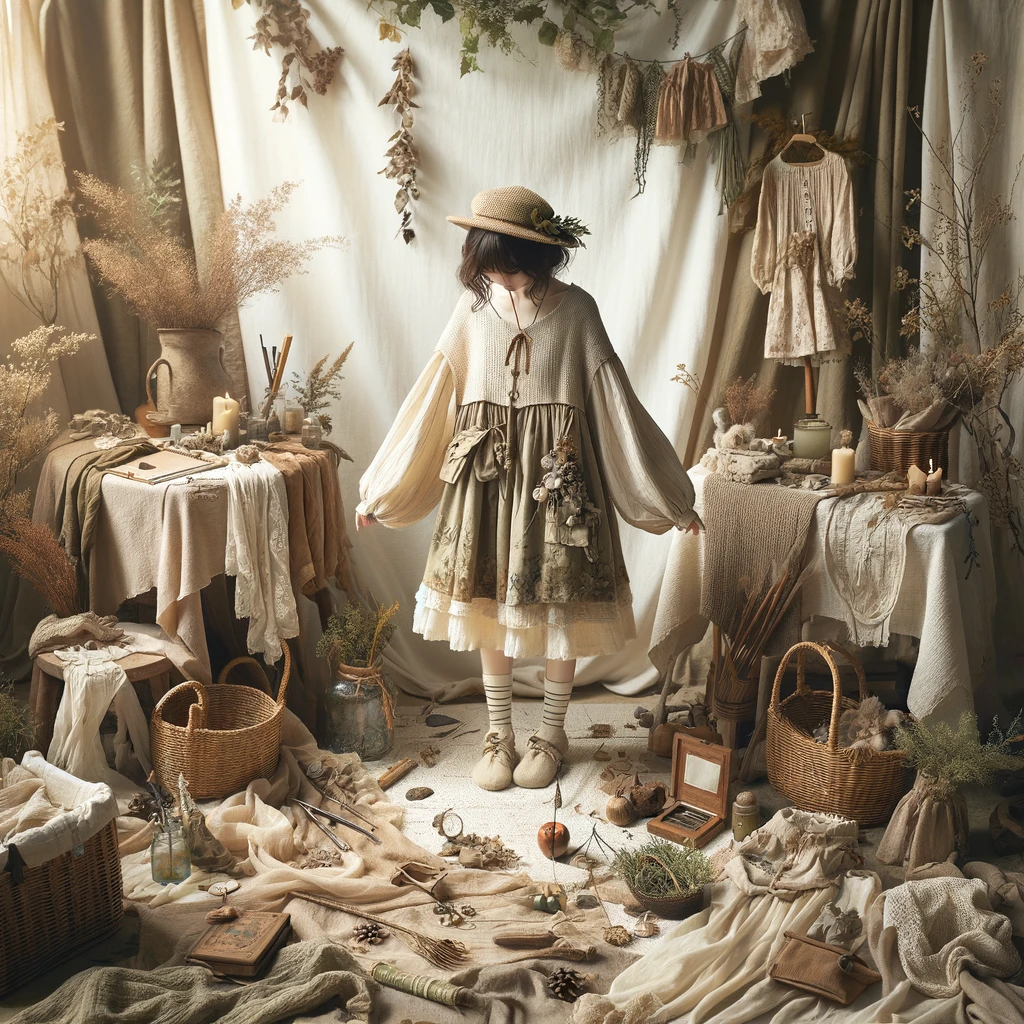
The Essence of Mori Kei
Mori Kei, which translates to “forest style” in Japanese, is a unique fashion and lifestyle trend that originated in Japan. It’s characterized by its natural, earthy, and whimsical aesthetic, drawing inspiration from living in a forest. The style emphasizes comfort, simplicity, and a connection to nature.
Mori Kei began gaining popularity in the mid-2000s, emerging as a distinct style in the Japanese street fashion scene. It’s believed to have originated in the Harajuku district of Tokyo, a known hotspot for eclectic and diverse fashion trends. The style was initially popularized through social media and fashion blogs, where enthusiasts shared their outfits and lifestyle tips.
The philosophy behind Mori Kei goes beyond just clothing. It encompasses a lifestyle that values a slower, more thoughtful way of living akin to a forest dweller’s. This includes appreciating handmade items, vintage finds, and natural materials.
Characteristics of Mori Kei Fashion
It’s characterized by its emphasis on a natural, earthy, and somewhat whimsical look inspired by living in a forest.
10 Labels To Know About Mori Kei
- Layering: One of the most distinctive features of Mori Kei is the layering of clothes. Outfits often have multiple layers, including skirts, dresses, cardigans, and shawls. The layers are typically loose and comfortable, creating a relaxed silhouette.
- Natural Fabrics: Preference is given to natural fabrics like cotton, linen, and wool. These materials contribute to the organic and natural feel of the style.
- Earth Tones and Soft Colors: The color palette of Mori Kei fashion is dominated by earthy tones like browns, greens, creams, and off-whites. Soft, muted colors are also popular, reflecting the hues one might find in a forest.
- Vintage and Handmade Elements: Many Mori Kei enthusiasts enjoy incorporating vintage items into their outfits. Handmade accessories, such as knitted scarves or handcrafted jewelry, are also standard.
- Comfort and Practicality: Comfort is a crucial aspect of Mori Kei fashion. Clothes are often loose-fitting and practical, suitable for a relaxed, laid-back lifestyle.
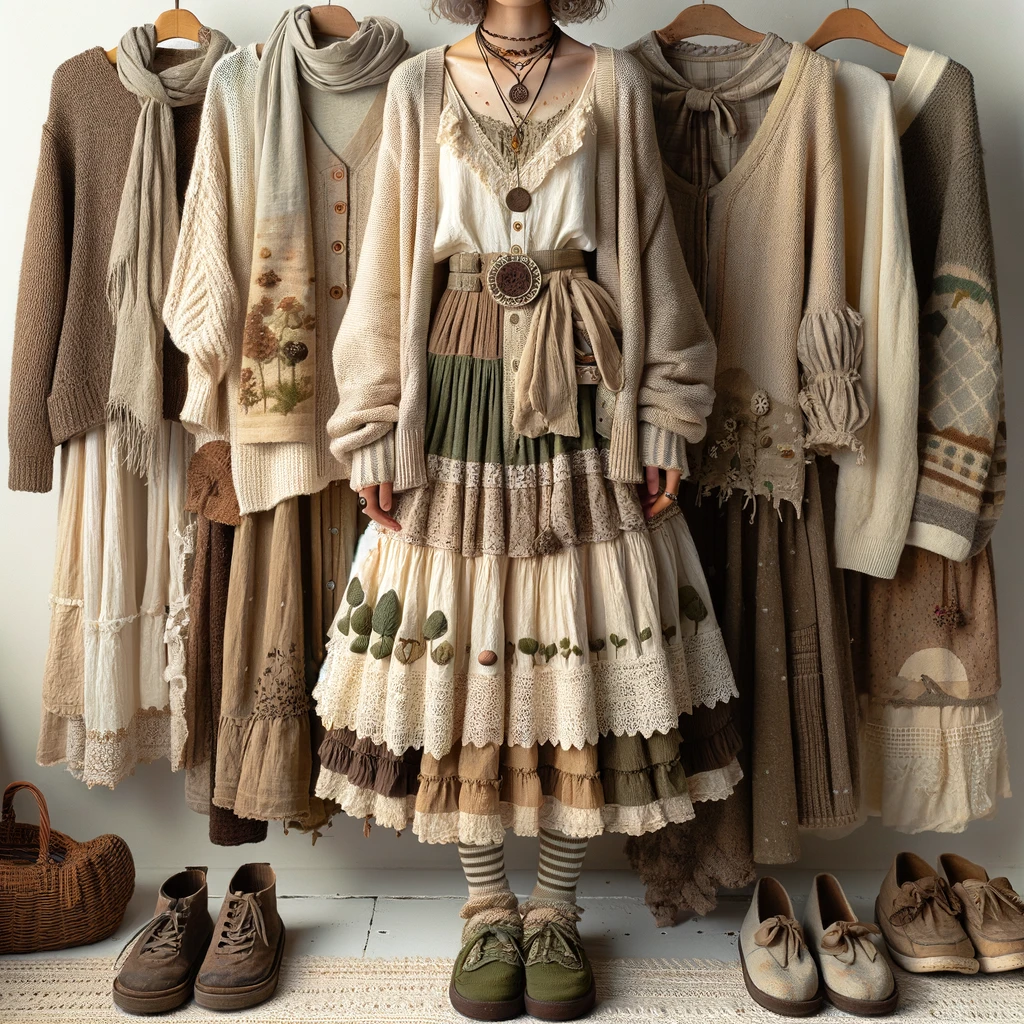
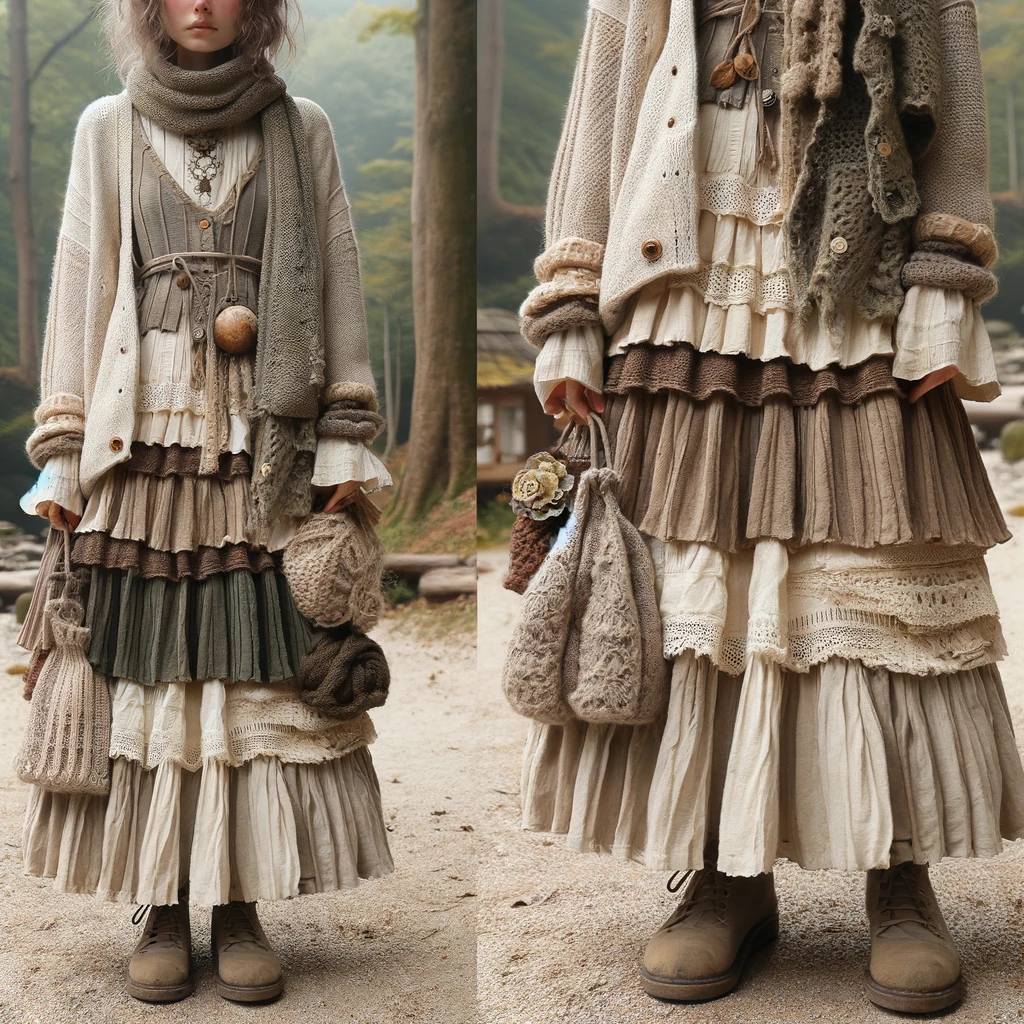
- Nature-Inspired Accessories: Accessories often draw inspiration from nature, with motifs like leaves, mushrooms, birds, and other forest elements. These can appear in jewelry, hair accessories, or printed patterns on clothing.
- Textural Variety: Mixing different textures is another hallmark of Mori Kei. Combining knits with cotton wool with lace adds depth and interest to the outfits.
- Feminine Details: While the overall look is quite modest and not overtly feminine, Mori Kei outfits often include delicate, girlish details like lace, ruffles, and bows.
- Comfortable Footwear: Shoes, such as flat boots, loafers, or ballet flats, are typically comfortable and practical. They often complement the natural color scheme of the outfit.
- Natural Hairstyles and Makeup: The Mori Kei aesthetic extends to hairstyles and makeup, typically understated. Natural hair colors and minimal makeup are preferred, emphasizing a fresh, youthful appearance.
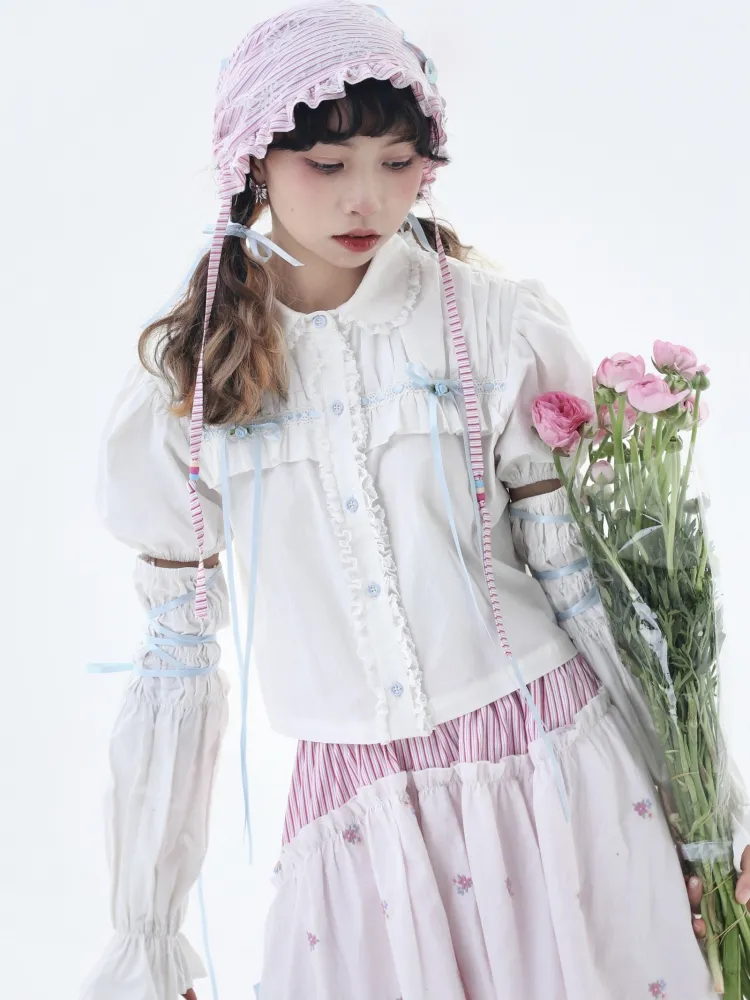
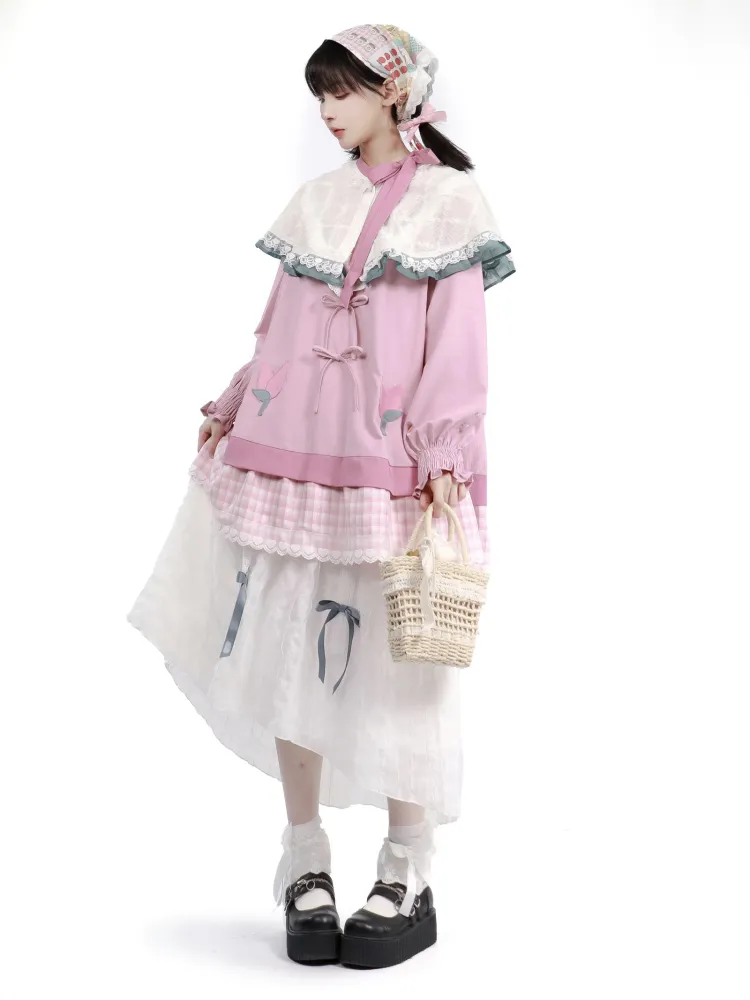
Mori Kei Subgenres
The Mori Kei fashion style, rooted in the Japanese aesthetic of a forest-inspired lifestyle, has branched into several subgenres, each with unique characteristics and inspirations. Let’s explore these subgenres:
Dark Mori Kei / Mori Goth
Dark Mori Kei, also known as Mori Goth, is a darker interpretation of the traditional Mori Kei style. It maintains the fundamental aspects of Mori Kei, such as layering and natural shapes, but incorporates a gothic twist. Key characteristics include:
- Darker Color Palette: Unlike the earthy tones of traditional Mori Kei, Dark Mori Kei leans towards black and other dark colors.
- Gothic Elements: Incorporation of gothic fashion elements, such as lace, dark velvet, and Victorian-inspired accessories.
- Influence of Goth Music and Culture: Fans of Dark Mori Kei often draw inspiration from gothic music and culture, including bands like Siouxsie, the Banshees, and All About Eve.
- Style Icons: Figures like Helena Bonham Carter, known for her eclectic and gothic fashion sense, are considered style inspirations.
- Separation from Strega/Witchcore: While sharing some similarities with Strega, Dark Mori Kei is distinct in its adherence to Mori Kei’s layering and silhouette rules.
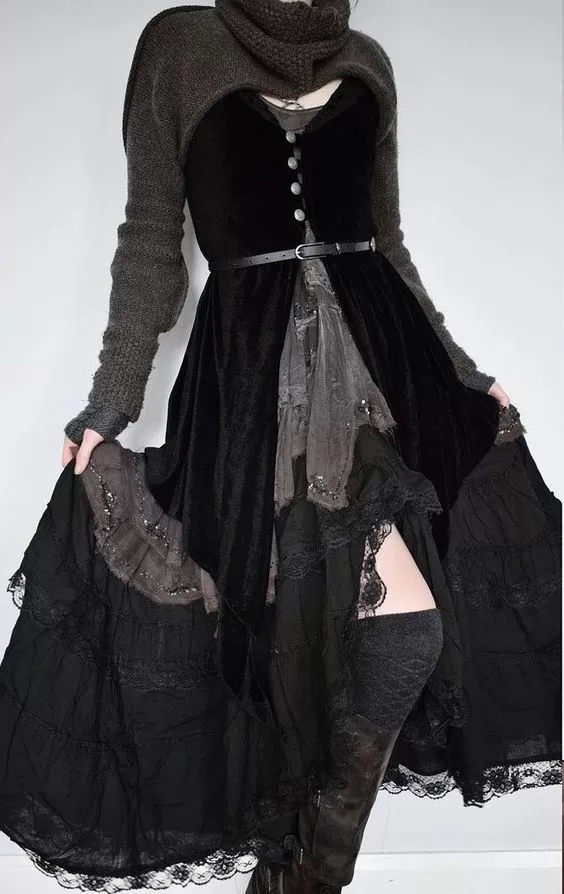
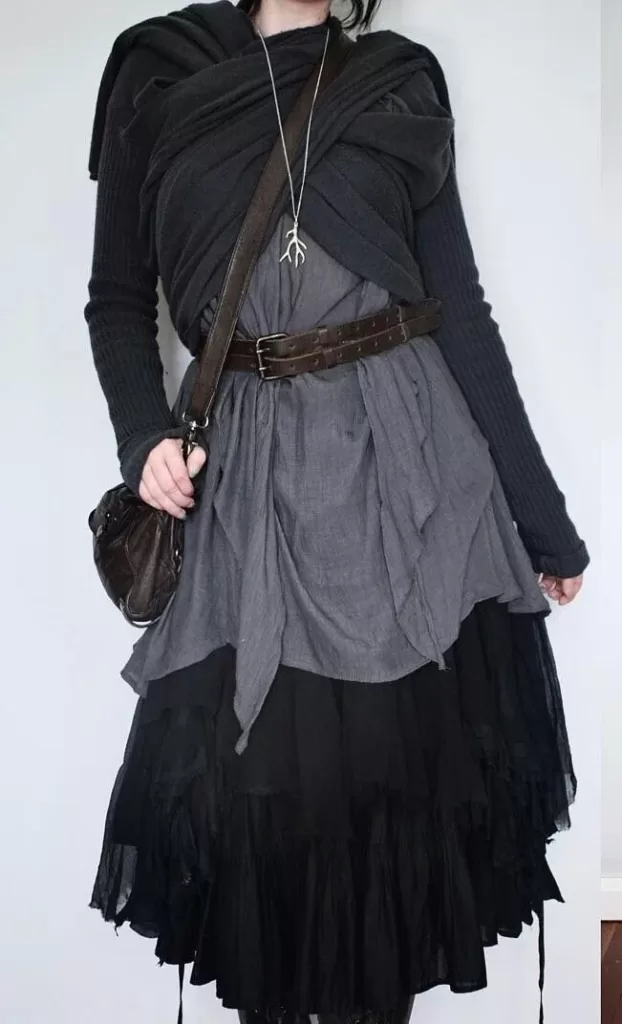
Yama Kei
Yama Kei is a variation of Mori Kei that focuses on outdoor activities and mountain life. Its key features include:
- Outdoor Practicality: Emphasis on practical clothing suitable for outdoor activities and mountainous terrain.
- Bright Colors and Patterns: Unlike the muted palette of traditional Mori Kei, Yama Kei features brighter colors and vivid patterns.
- Functional Gear: Incorporation of outdoor gear and equipment into the fashion style.
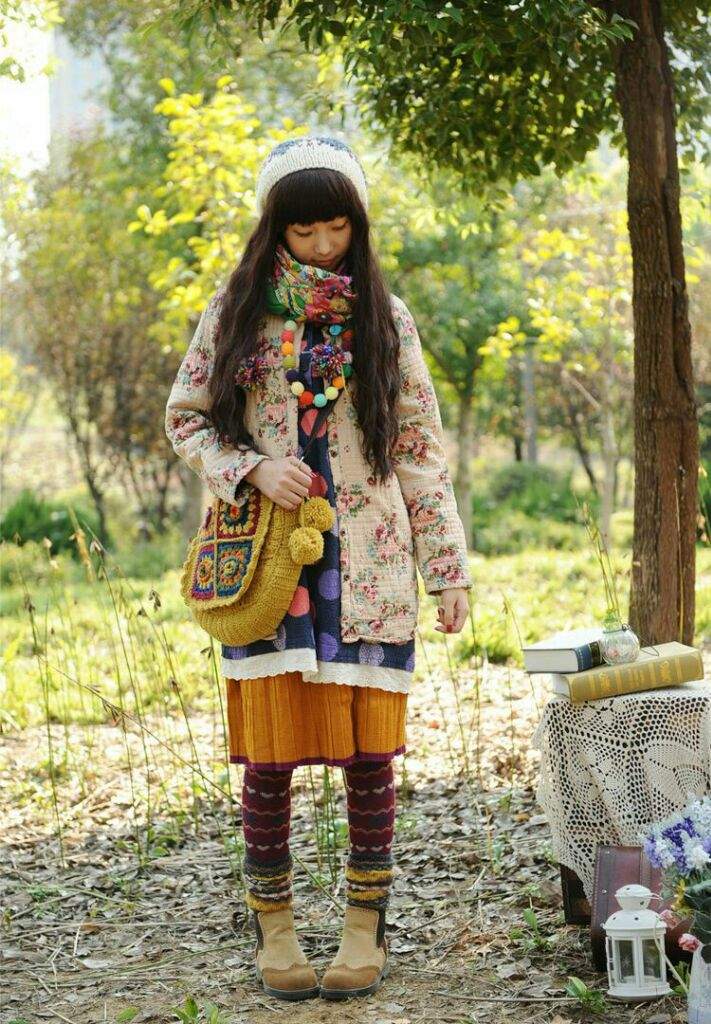
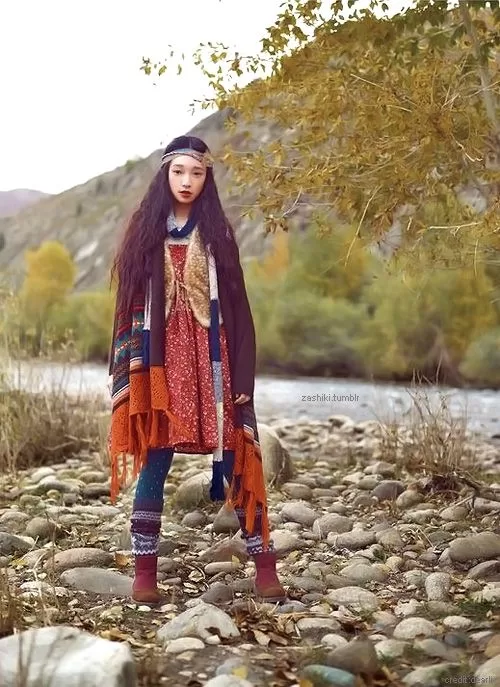
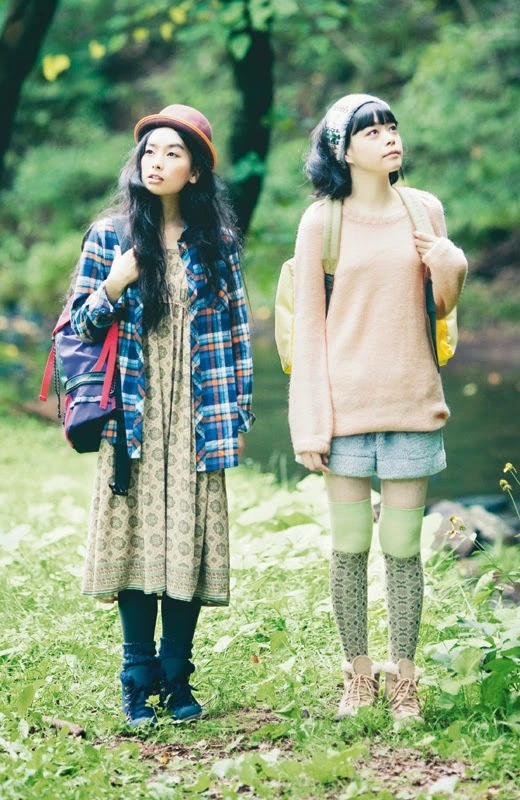
Hama Kei
Hama Kei is a coastal or beach-inspired version of Mori Kei, which was relatively short-lived but distinct in its approach. Its characteristics are:
- Lighter Layers: Adapted for the beach environment, Hama Kei features fewer and weaker layers than traditional Mori Kei.
- Coastal Color Palette: A color scheme inspired by the beach, with blues, aquas, beiges, and whites.
- Nautical Elements: Use denim, sailor stripes, and anchor motifs to reflect the seaside theme.
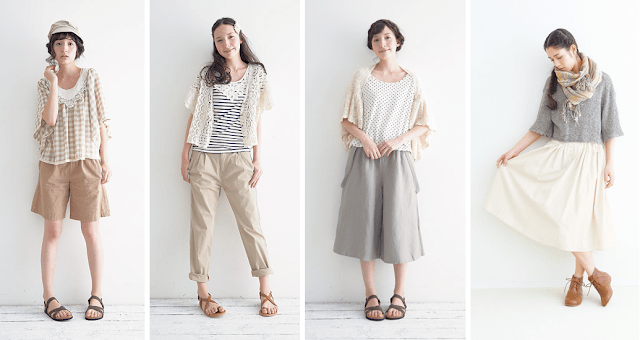
Each of these subgenres of Mori Kei offers a unique twist on the original forest-inspired style, catering to different environments and personal tastes while maintaining the core principles of naturalness, comfort, and a connection to the natural world.
Conclusion:
In conclusion, Mori Kei’s fashion transcends the boundaries of mere clothing choices, embodying a lifestyle that cherishes nature, comfort, and simplicity. From its roots in Japan to its global appeal, Mori Kei has evolved into a diverse tapestry of styles, reflecting a unique aspect of the wearer’s connection to the natural world. Whether it’s the earthy, layered look of traditional Mori Kei, the dark elegance of Mori Goth, the outdoor vibrancy of Yama Kei, or the coastal charm of Hama Kei, this fashion movement offers a versatile and inclusive platform for self-expression.
Embracing Mori Kei is not just about adopting a fashion trend; it’s about embracing a philosophy that values the beauty of the natural world and the joy of living in harmony with it. As we continue to explore and celebrate the various facets of Mori Kei, we find that it indeed is more than just a style – it’s a poetic expression of life itself.

